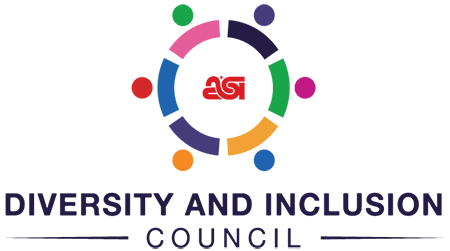Education | March 18, 2022
ASI Hosts Discussion to Honor Women’s History Month
The panel, made up of women at ASI, was held on International Women’s Day on March 8.
Each year in the United States, March is set aside to recognize the many contributions that women have made to American history and culture. But it took small groups of ambitious advocates joining together in solidarity to establish the nationwide observance that Women’s History Month has since become.
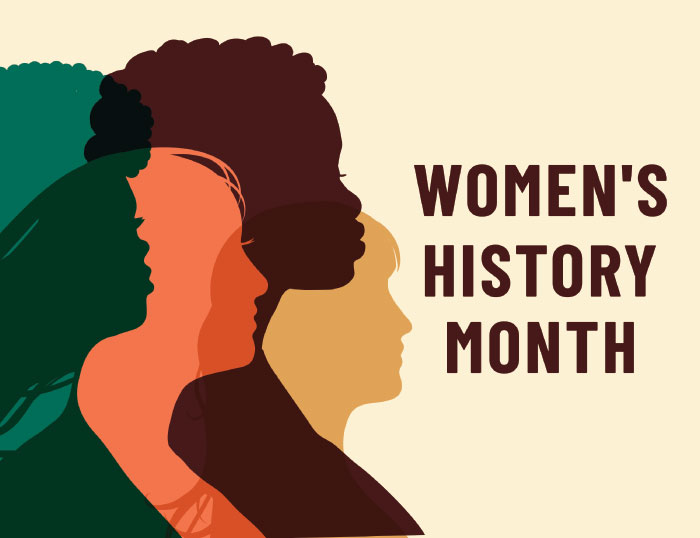
On the occasion of the first official National Women’s History Week in March 1980, then-President Jimmy Carter released a statement on the observance’s significance.
“Men and women have worked together to build this nation,” he wrote in a presidential proclamation. “Too often the women were unsung and sometimes their contributions went unnoticed. But the achievements, leadership, courage, strength and love of the women who built America was as vital as that of the men whose names we know so well.”
What has become a month-long celebration began as just seven days in 1978, first held by the Education Task Force of Sonoma County’s Commission on the Status of Women in California. They chose the week that included March 8, set aside as International Women’s Day since 1914, and it quickly led to more celebrations across the U.S. The momentum was so strong, in fact, that just two years later, the National Women’s History Project (now the National Women’s History Alliance) lobbied for national recognition and received it. President Carter declared March Women’s History Week across the nation in 1980; it became Women’s History Month in 1987 by Congressional declaration.
“The achievements, leadership, courage, strength and love of the women who built America was as vital as that of the men whose names we know so well.” President Jimmy Carter, in honor of the first National Women’s History Week in 1980.
The annual observance continues to coincide with International Women’s Day, held on March 8, which has a long and storied history peopled by a number of ambitious and fearless personages around the world. It began in the early 1900s in reaction to the Industrial Revolution and women’s place in it; women began advocating for shorter working hours, better pay and voting rights. The first National Women’s Day in the U.S. was declared in 1909.
Then in Copenhagen in 1910, Clara Zetkin, the leader of the Women’s Office for the Social Democratic Party in Germany, proposed an international day of recognition for women. In 1911, Austria, Denmark, Germany and Switzerland held the first International Women’s Day (IWD) on March 19. Other countries (including Russia, where women lobbied for peace at the start of World War I) soon followed, and the day was officially moved to March 8 across the world in 1914.
This month marked the 111th anniversary of the first IWD, with the theme #BreaktheBias as a unified call to do away with gender bias, discrimination and inequities.
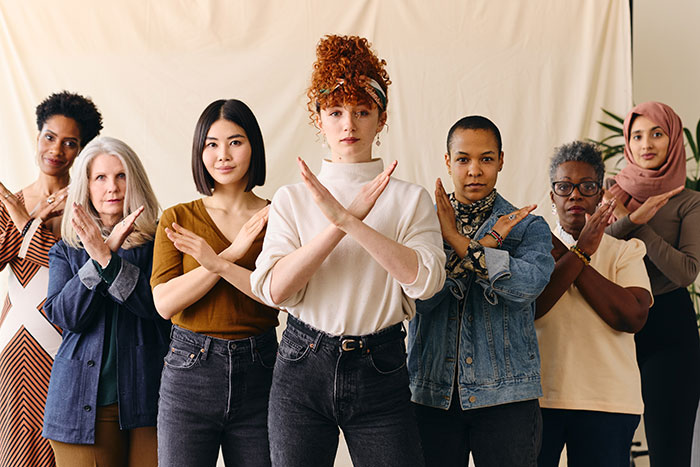
The 2022 theme of International Women’s Day on March 8 was #BreaktheBias; supporters were encouraged to post photos of themselves with their arms crossed along with the official hashtag.
“The world has witnessed a significant change and attitudinal shift in both women’s and society’s thoughts about women’s equality and emancipation,” states the official International Women’s Day website. “The unfortunate fact is that women are still not paid equally to that of their male counterparts, women still are not present in equal numbers in business or politics, and globally women’s education, health and the violence against them is worse than that of men. However, great improvements have been made. … And so each year the world inspires women and celebrates their achievements.”
In honor of Women’s History Month, ASI hosted a special virtual panel featuring women of ASI on International Women’s Day. Michele Bell, vice president of editorial, education & special events in Editorial, facilitated a Q&A with Nancy Carmona, chief financial officer in Finance & Business Strategy; Mickee Chai, vice president of IT operations in Information Services; Shelby Kay, human resources manager in Human Resources; Virginia Lucas, user experience (UX) interactive designer in Product Management; and Caitlyn Macikanycz, sales specialist in Supplier Sales & Marketing. The panelists spoke about their professional experiences and advice they have for other women.
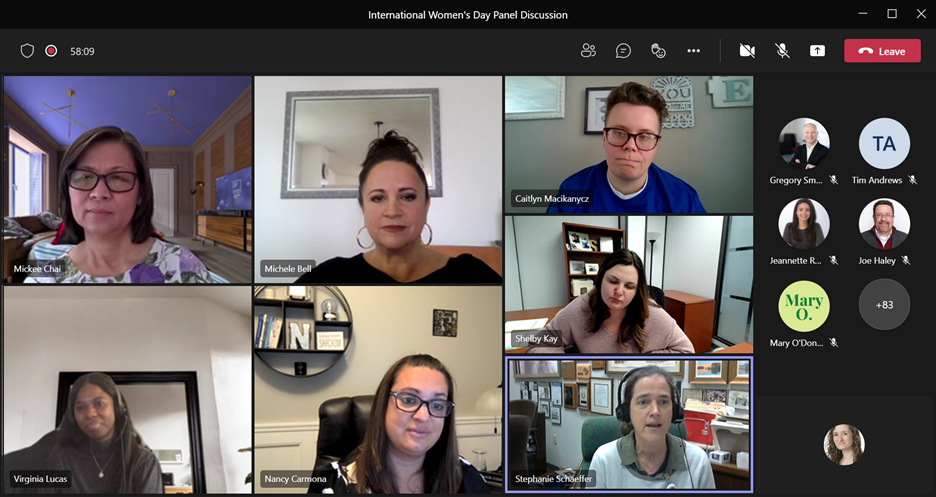
Stephanie Schaeffer (bottom right) from the Chairman’s Office at ASI asks a question of (clockwise from top left) Mickee Chai, Michele Bell (moderator), Caitlyn Macikanycz, Shelby Kay, Nancy Carmona and Virginia Lucas during the Q&A portion of the session.
Macikanycz started the conversation by mentioning the different generational experiences among women in the workplace. “We’re in a unique position as millennials,” she said. “We see more women in leadership positions than those who came before us.”
Lucas, another millennial on the panel, said that when she joined the UX team several years ago, she was the only woman in the department. That’s since changed, and she took the time to pursue educational opportunities, which her team has supported.
“The guys took me under their wing and made sure I had a voice on the team and in the company,” she said. “I had lots of support, but I also worked hard, was dedicated and took different courses and went to conferences and workshops, and I presented these things to my manager. I went to local Meetups to learn different skills, both personal and professional.”
But the women also said they’ve had their fair share of challenges in the workplace. At Carmona’s second job in the finance industry, which tends to be male-dominated, she was the only female finance manager, and she did experience some gender bias. At meetings, she noticed that she wasn’t asked as many questions by the CFO as her male counterparts were, and she wasn’t as readily invited into important conversations.
“They were treating me as though I was fragile and couldn’t handle tough questions,” she says. “But I decided I wasn’t going to let it get to me or stop me. I just did a really great job with my presentations so I could showcase what I could do.”
Chai said that, when she started at ASI, she had young kids and she felt the pressure (very common among women in particular) to strike a perfect equilibrium between parenting and working. She said it was her most significant challenge.
Unfortunately, the pressure to fire on all cylinders in every area of life means women often neglect to take care of themselves. Kay said she’d like to see this change. “Take your PTO and use the time you have,” she says. “In the beginning of my career, I was afraid to take time off and worked late to prove myself. But things have changed. Prioritize yourself. I find that I come back refreshed and my work is better for having taken time off.”
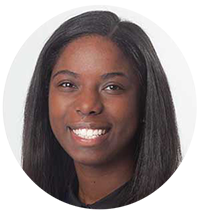
“I’m a proponent of hiring more African-American women in leadership. It’s hard for women to aspire to something they can’t see. Be intentional about mentoring and giving people opportunities.” Virginia Lucas, UX interactive designer
The panelists agreed that companies need to be more intentional about finding women to fill roles, especially management positions, after Bell shared the fact that only 41 of the CEOs on the Fortune 500 list are female. She also revealed stats from ASI, where 58% of staffers are female and 42% male, and 60% of managers are female while 40% are male. At the senior manager/executive level, 67% are male and 33% are female. ASI actively seeks to expand women’s presence at every level through hiring, training and promotions and will continue to make this commitment a priority.
“[Women in management] allows for continual growth and learning, and promotes more open communication about leadership opportunities,” Carmona said. “It gives other women confidence. Let women see that they can have a voice.”
Lucas said she’d also like to see more women of color as managers. “I’m a proponent of hiring more African-American women in leadership,” she said. “It’s hard for women to aspire to something they can’t see. Be intentional about mentoring and giving people opportunities.”

